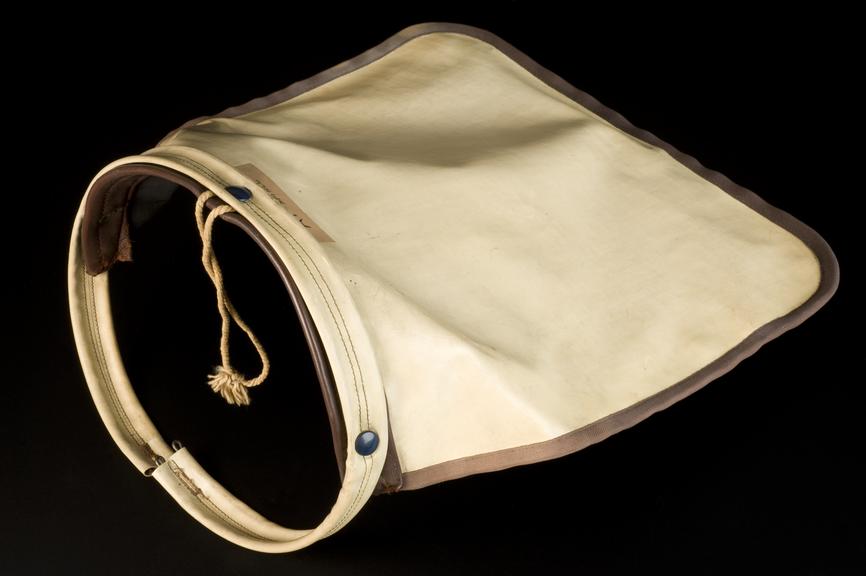

Protective apron, Europe, 1951-1970

Lead-rubber protective apron, no maker marked, 1951-1970
A layer of lead is incorporated under the canvas exterior of this apron. It protected radiographers from the harmful effects of X-rays. X-rays were discovered in 1895 by Wilhelm Conrad Röntgen (1845-1923). The first committee to investigate possible ill effects of X-rays was formed three years later in 1898. Reports of burns and dermatitis (inflammation of the skin such as rashes) were frequent by this date. Protective coverings for the operator were introduced in 1905. These included lead-lined shields and aprons. However, most workers took few precautions. The British X-ray and Radiation Protection Committee was formed in 1921. It ensured the protection of workers and patients exposed to X-rays.
Details
- Category:
- Radiomedicine
- Object Number:
- 1988-23 Pt1
- Materials:
- lead-rubber, cloth and metal
- type:
- apron
- credit:
- King George V Hospital




